How can a simple idea, a raw sketch or a plan, emerge into the realm of the third dimension? One way is to fold it. As easy as it might sound, almost everything around us has a certain shape which can be described or abstracted by a variety of triangulations, foldings or unfoldings of its surface. The Understanding of foldings and its patterns leads to an understanding of space its self.
We ask the students to transform 2-dimensional surfaces into 3-dimensional shapes and the other way around by using materials like paper, cardboard, plastic, metal or fabric. By doing so, they are broadening their skill set, exploring different techniques like pleated surfaces, curved folding, and crumbling.
The Students learn that the repetition of simple operations can lead to complexity as well as how to break down and describe a complex form with simple shapes. We also put a strong emphasis on the investigation of different scales and applications: How similar principles can function in small scale like fashion as well as in large scales like architecture.
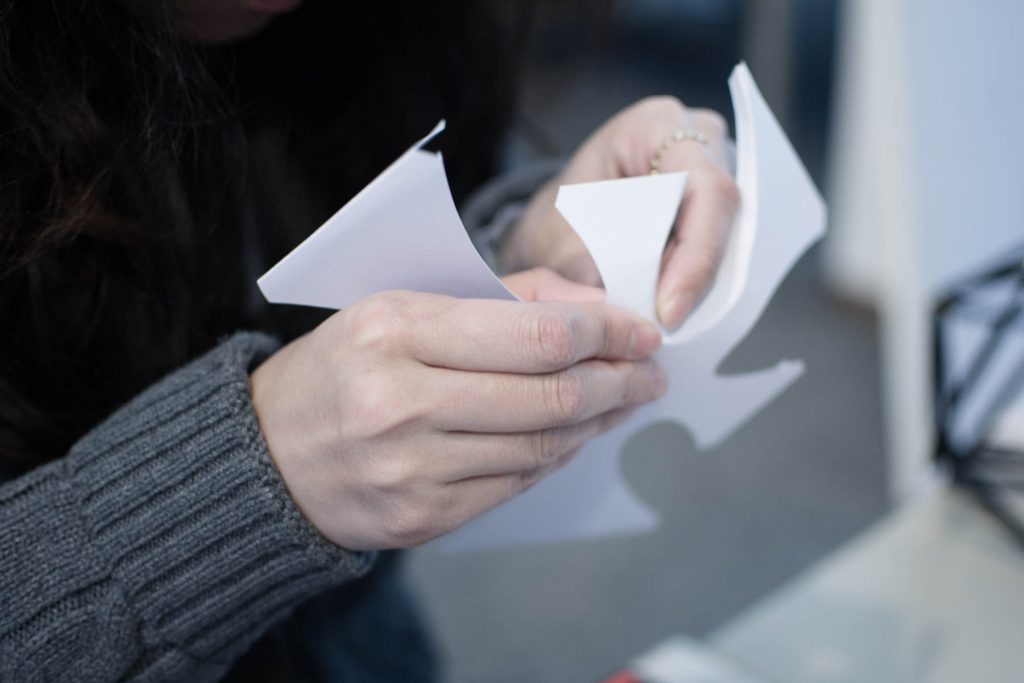 Photo: Jacqueline Hen
Photo: Jacqueline Hen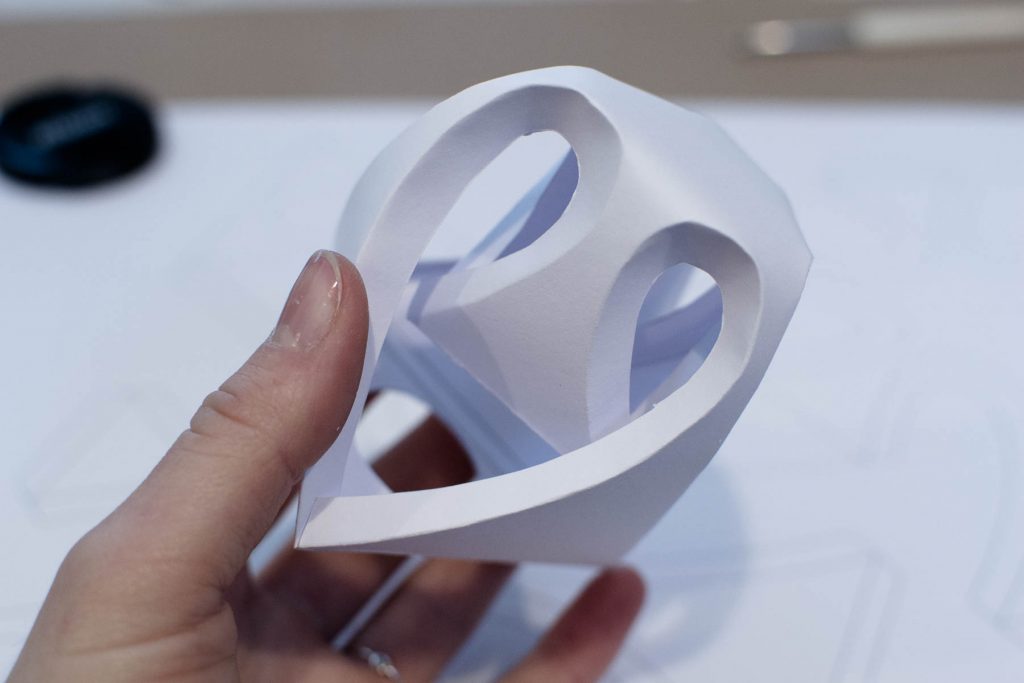 Photo: Jacqueline Hen
Photo: Jacqueline Hen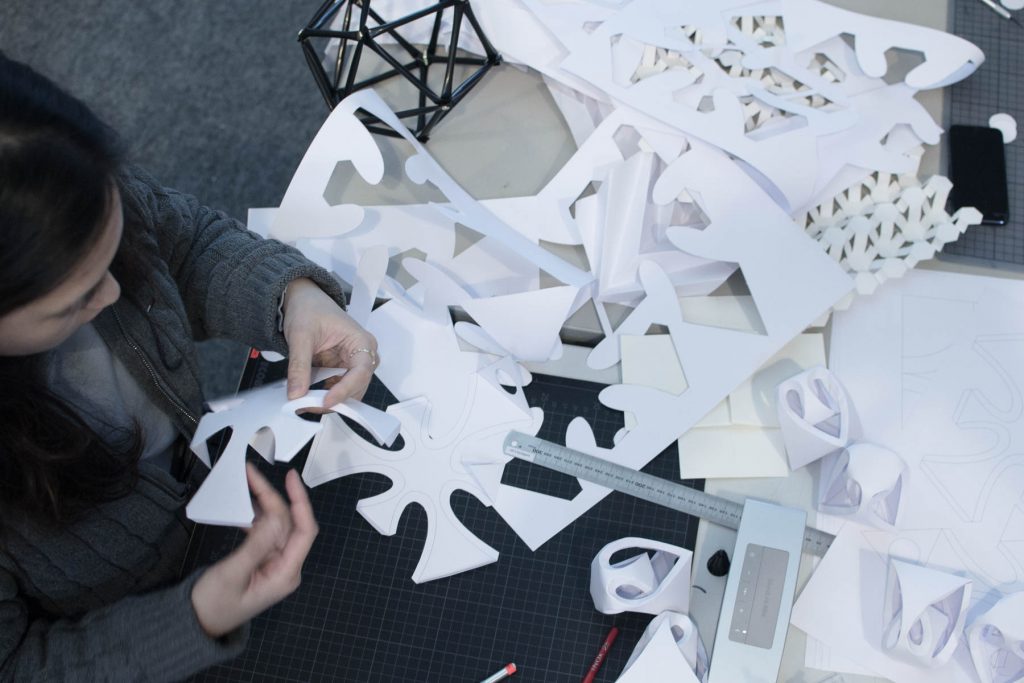 Photo: Jacqueline Hen
Photo: Jacqueline Hen Photo: Jacqueline Hen
Photo: Jacqueline Hen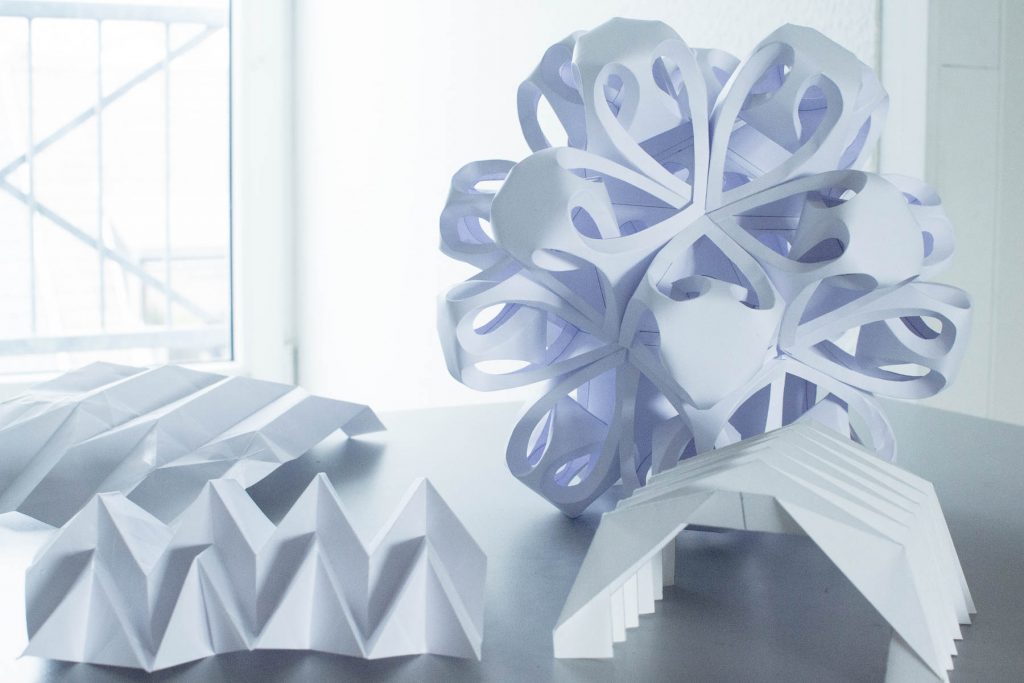 Photo: Jacqueline Hen
Photo: Jacqueline Hen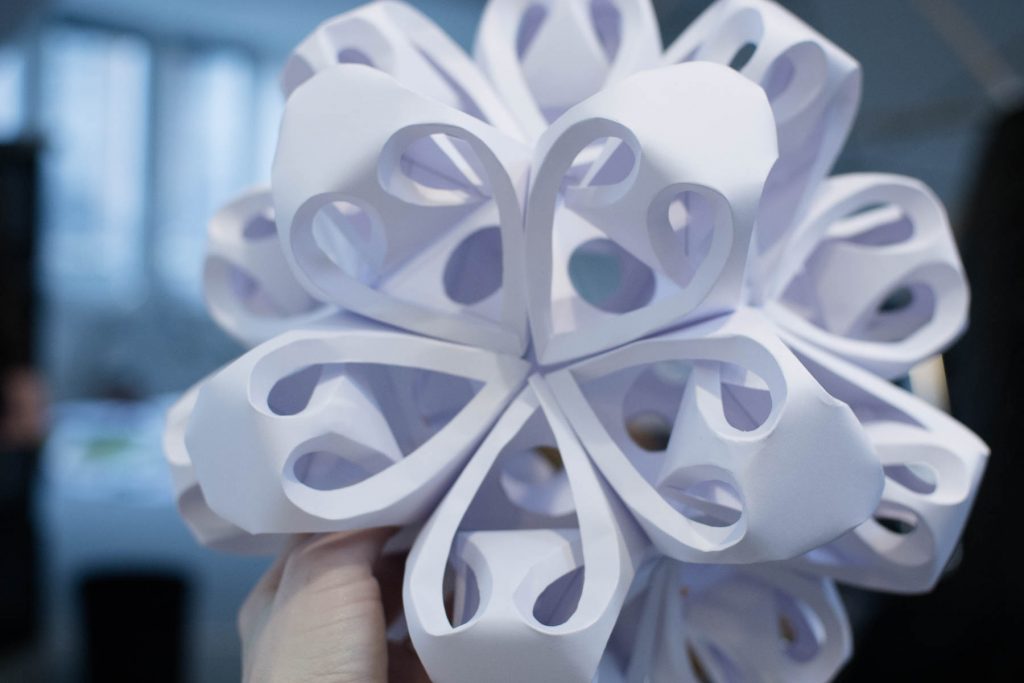 Photo: Jacqueline Hen
Photo: Jacqueline Hen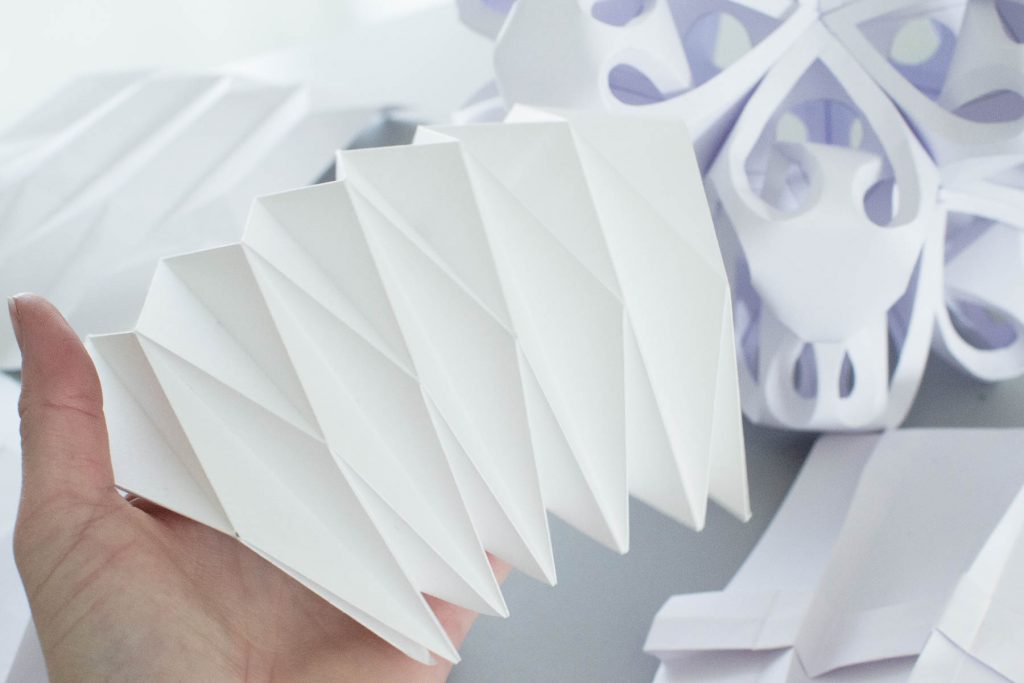 Photo: Jacqueline Hen
Photo: Jacqueline Hen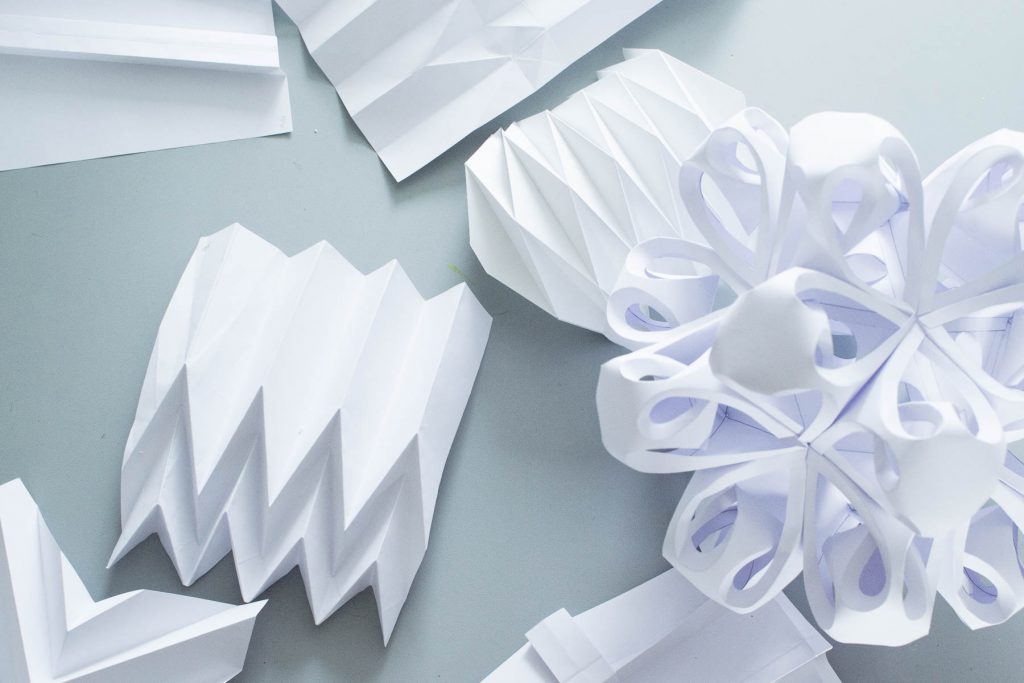 Photo: Jacqueline Hen
Photo: Jacqueline Hen